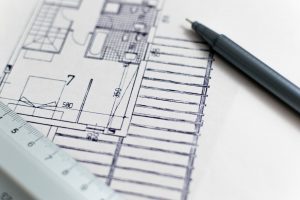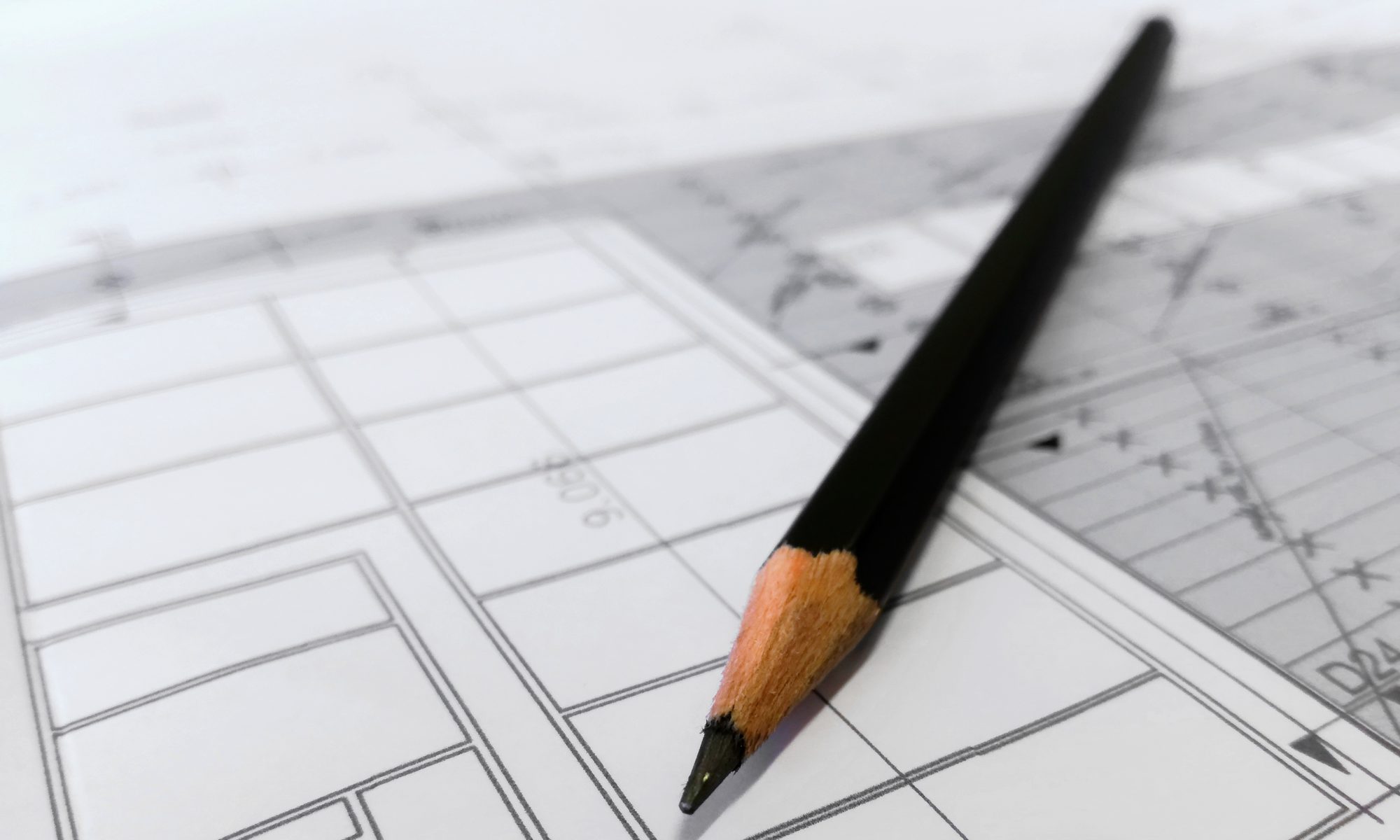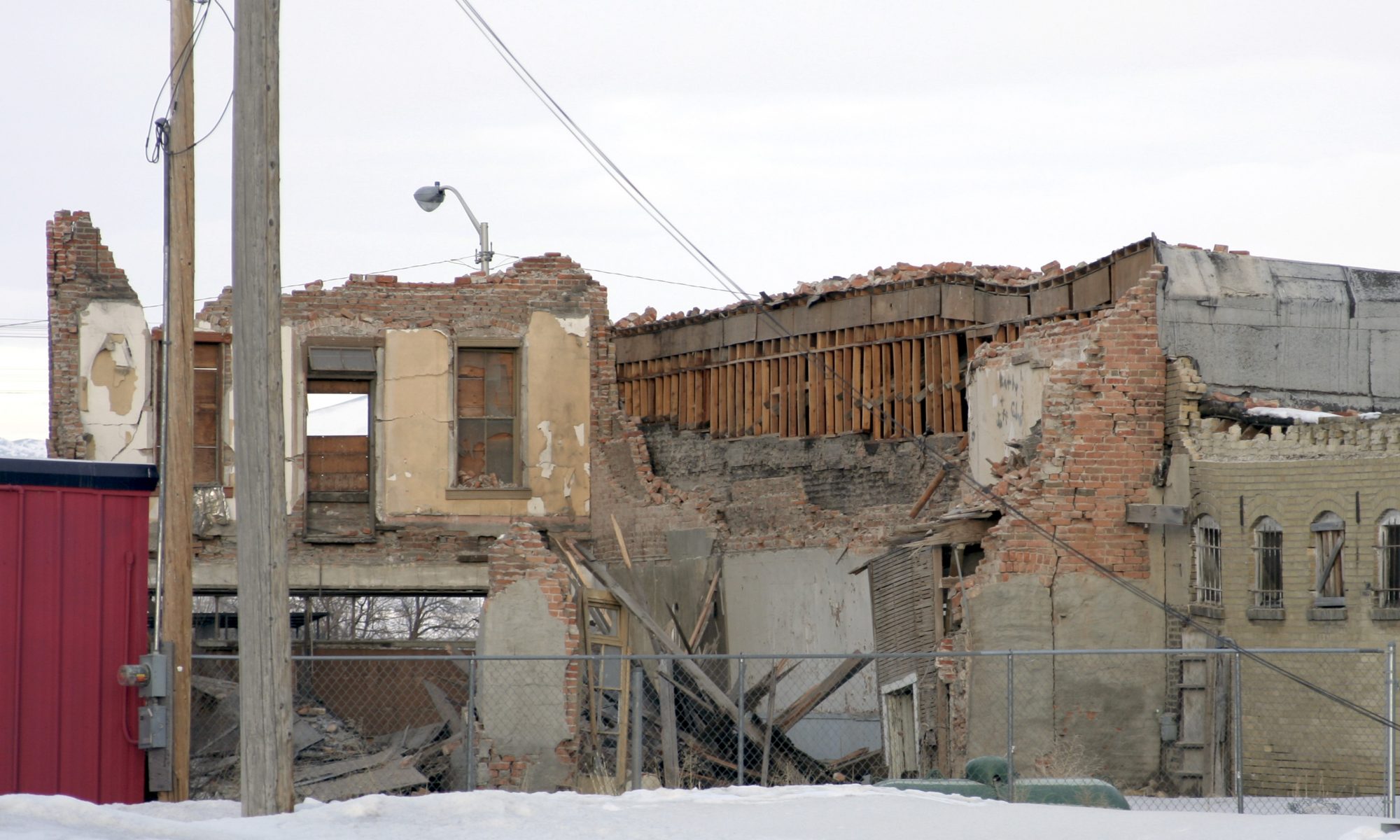 Environmental responsibility has been an increasingly sought-after attribute of new building construction and renovations. This has driven and had been driven by the development of Leadership in Energy and Environmental Design (LEED) certification by the U.S. Green Building Council. LEED is a rating system; points are awarded for design elements that reduce the environmental impact of the building. There is even a rating system for homes as a result of the demand for green building practices in new homes. Continue reading “How to Use Recycled Materials in Your Project”
Environmental responsibility has been an increasingly sought-after attribute of new building construction and renovations. This has driven and had been driven by the development of Leadership in Energy and Environmental Design (LEED) certification by the U.S. Green Building Council. LEED is a rating system; points are awarded for design elements that reduce the environmental impact of the building. There is even a rating system for homes as a result of the demand for green building practices in new homes. Continue reading “How to Use Recycled Materials in Your Project”
What Everyone Should Know About Earthquakes and Structures
This post was originally published on the Richard J. Driscoll, Consulting Engineer blog and has been edited for length. The original can be found here.

Most people understand that earthquakes can produce catastrophic damage to the built environment. However, given that large earthquakes are relatively rare, and that the television news cameras typically move on a few days after any disaster, a lot of people’s understanding of the effects of earthquakes may be shaped more by bad disaster movies than reality. Continue reading “What Everyone Should Know About Earthquakes and Structures”
Should a “Designer” or “Design Professional” Design Your Home?
 Even the simplest new home is too complicated to be built without plans. Significant renovations or additions may also require plans. The plans are typically prepared by whoever designs the project and are the manifestation of all of the decisions made by the project owner, the designer and other stakeholders during the design process. They are a means of communication between the owner and the contractor, subcontractors, the building official, lenders and possibly others. Continue reading “Should a “Designer” or “Design Professional” Design Your Home?”
Even the simplest new home is too complicated to be built without plans. Significant renovations or additions may also require plans. The plans are typically prepared by whoever designs the project and are the manifestation of all of the decisions made by the project owner, the designer and other stakeholders during the design process. They are a means of communication between the owner and the contractor, subcontractors, the building official, lenders and possibly others. Continue reading “Should a “Designer” or “Design Professional” Design Your Home?”


